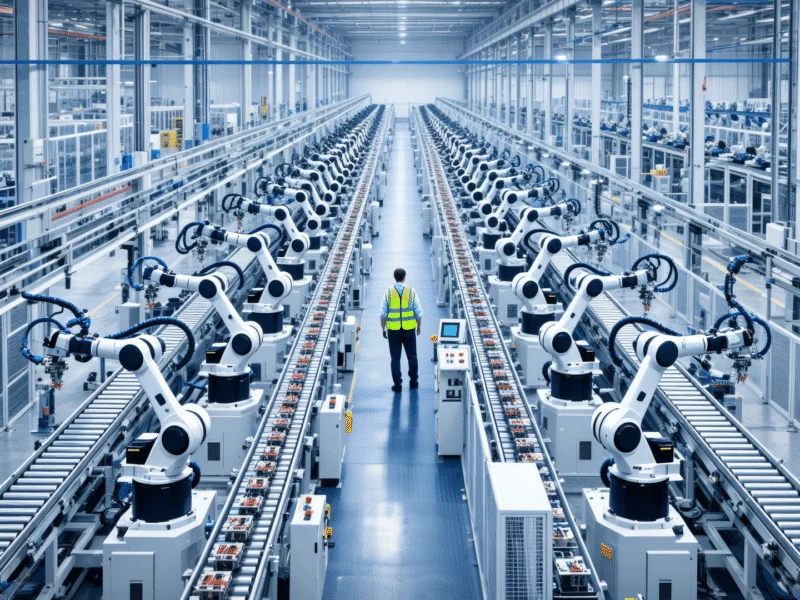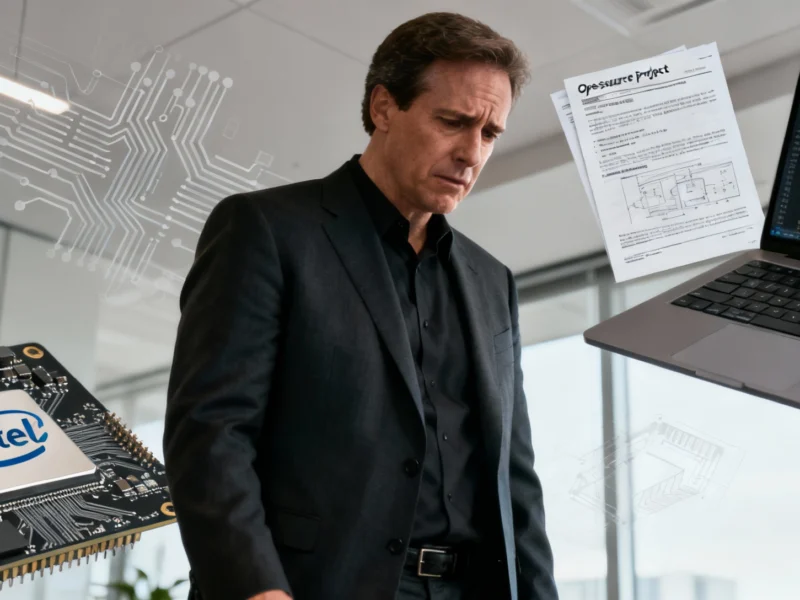A Wake-Up Call for Global Industry
Western automotive and green energy executives are returning from China with a mixture of humility and alarm after witnessing the country’s advanced manufacturing capabilities firsthand. The scale and sophistication of China’s automated production facilities have left industry leaders concerned about their competitive position in global markets, particularly in electric vehicles and renewable energy technologies. As detailed in this analysis of China’s manufacturing dominance, the technological gap appears to be widening at an alarming pace.
Ford CEO Jim Farley articulated the stakes clearly: “We are in a global competition with China, and it’s not just EVs. And if we lose this, we do not have a future at Ford.” This sentiment echoes throughout Western boardrooms as executives grapple with the reality that China’s industrial transformation extends far beyond traditional advantages of government subsidies and low labor costs.
The Robotic Revolution in Chinese Manufacturing
What struck visiting executives most profoundly was the extent of automation in Chinese factories. Andrew Forrest, founder of mining company Fortescue, described facilities where human workers were virtually absent. “There are no people—everything is robotic,” he told The Telegraph after his recent visit. This observation was reinforced by other executives who toured “dark factories” that operate with minimal lighting because robots perform most tasks around the clock without human supervision.
The statistics from the International Federation of Robotics confirm these anecdotal observations, showing China has deployed industrial robots at a scale orders of magnitude greater than Germany, the United States, and the United Kingdom combined. This automation push represents a strategic response to demographic challenges rather than simply a cost-cutting measure. As Bismarck Analysis analyst Rian Whitton explained, “China has quite a notable demographic problem but its manufacturing is, generally, quite labor-intensive. So in a pre-emptive fashion, they want to automate it as much as possible to compensate for population decline and gain competitive advantage.”
Beyond Electric Vehicles: Broader Technological Ambitions
While electric vehicles have drawn the most attention, China’s technological ambitions extend across multiple sectors. The country has implemented a comprehensive ten-year plan positioning artificial intelligence as a “key growth engine for the country’s economic development.” This strategic focus complements advances in space exploration, where China has made significant progress, raising concerns about it surpassing the United States in the renewed race to the Moon.
The transformation in Chinese manufacturing represents a fundamental shift in competitive dynamics. Greg Jackson, CEO of British energy supplier Octopus, noted: “You get this sense of a change, where China’s competitiveness has gone from being about government subsidies and low wages to a tremendous number of highly skilled, educated engineers who are innovating like mad.” This combination of advanced automation, skilled engineering talent, and strategic government support creates a formidable competitive package that extends beyond manufacturing to encompass broader economic transformations affecting global markets.
Global Implications and Response Strategies
The early warning signs of China’s industrial dominance are already materializing in international markets. Chinese-made electric vehicles have made substantial inroads in Europe, despite protectionist measures implemented by the United States to shield domestic producers. This competitive pressure is forcing Western companies to reconsider their strategic approaches to manufacturing and innovation.
Center for European Reform chief economist Sander Tordoir emphasized the productivity implications: “Robotics, if deployed well, can lift the productivity of your economy greatly. And if China is extremely good at it, then we should try to catch up because, like China, a lot of Europe is aging.” This demographic reality makes automation increasingly crucial for maintaining economic competitiveness across developed economies.
Some Western companies are already adjusting their strategies in response to China’s manufacturing prowess. Fortescue’s Andrew Forrest abandoned attempts to produce EV powertrains in-house after his China visit, recognizing the difficulty of competing with automated Chinese production. Meanwhile, executives like Ford’s Farley are personally experiencing Chinese technology, with Farley admitting he’s been driving a Xiaomi vehicle imported from Shanghai for six months and doesn’t “want to give it up.” This hands-on experience with Chinese products provides valuable insights into the quality and sophistication that Western manufacturers must match. As companies navigate these challenges, many are turning to advanced technological solutions to enhance their own operational efficiency and security.
The Path Forward for Western Manufacturing
The revelations from China visits have created a sense of urgency among Western executives who now recognize that catching up will require substantial investment in automation, workforce development, and innovation ecosystems. The competitive landscape has shifted from competing on cost to competing on technological sophistication and manufacturing efficiency.
What makes China’s advancement particularly challenging for Western competitors is the integration of multiple advantages: massive scale, advanced automation, government support, and a growing pool of engineering talent. This combination creates a virtuous cycle where technological improvements feed into manufacturing efficiency, which in turn supports further innovation. Western manufacturers must develop comprehensive strategies that address all these dimensions rather than focusing on individual competitive factors.
The experiences of these Western executives serve as both a warning and an opportunity—a clear indication that the global manufacturing landscape is transforming rapidly, and those who fail to adapt risk being left behind. The question now is whether Western companies and governments can mobilize the resources and will necessary to compete in this new industrial reality.



